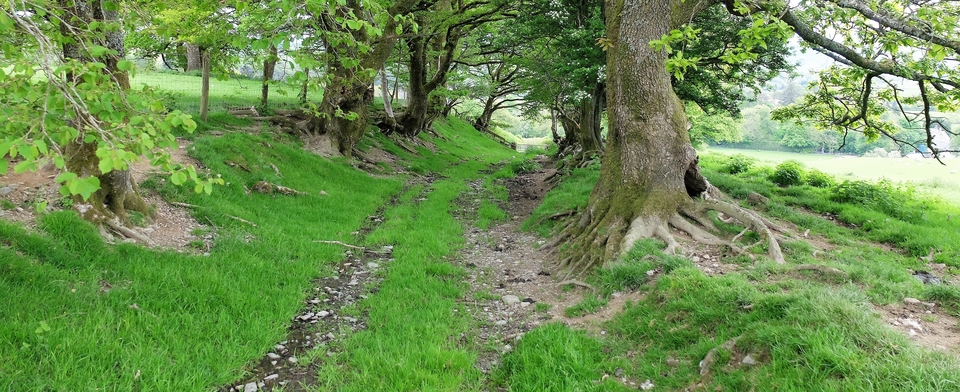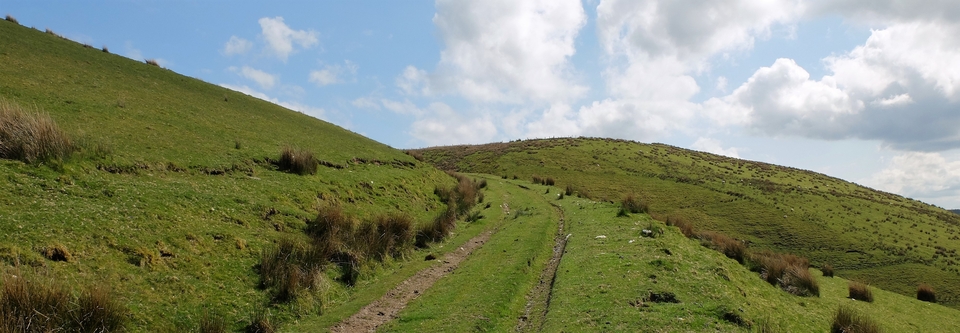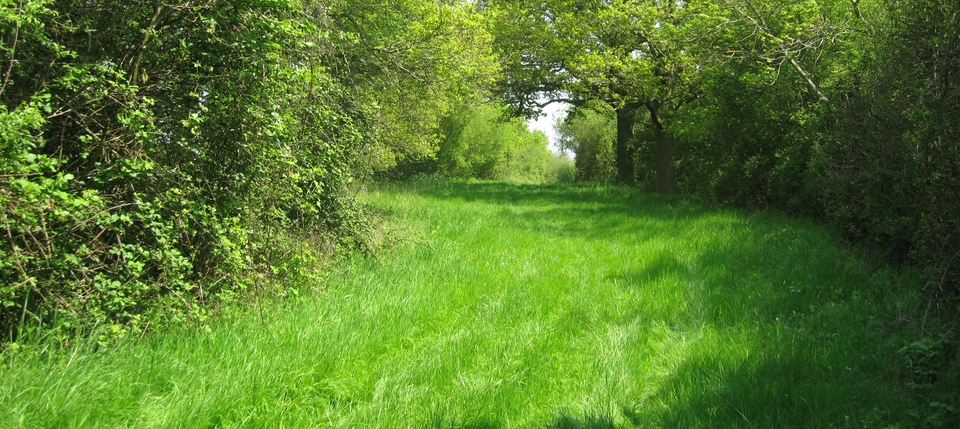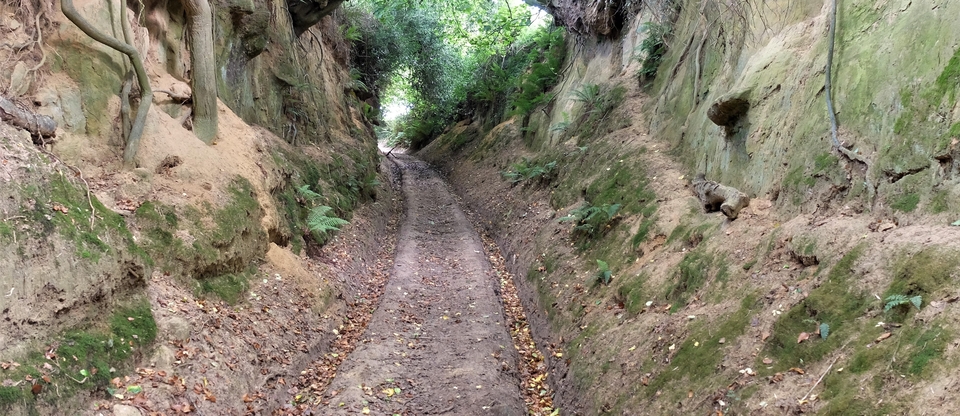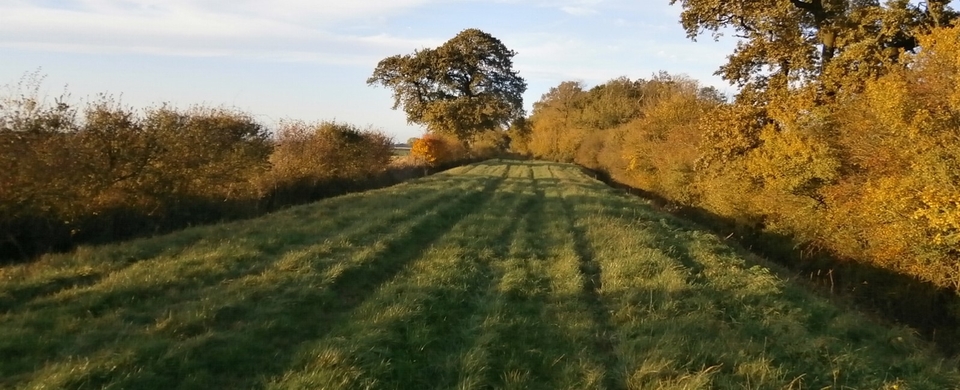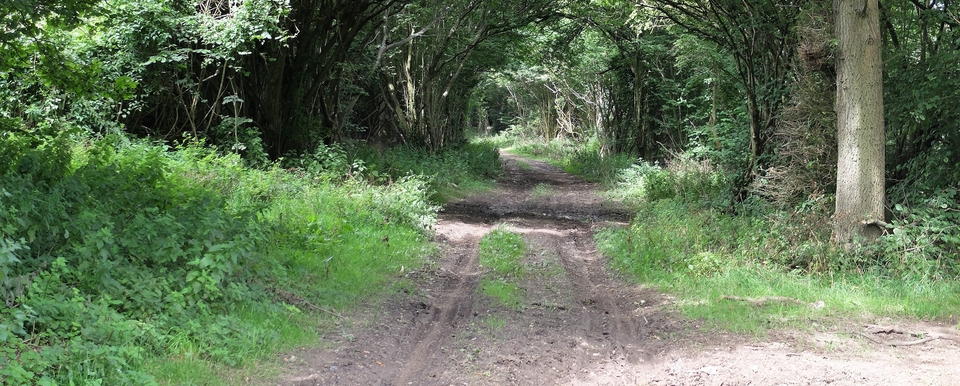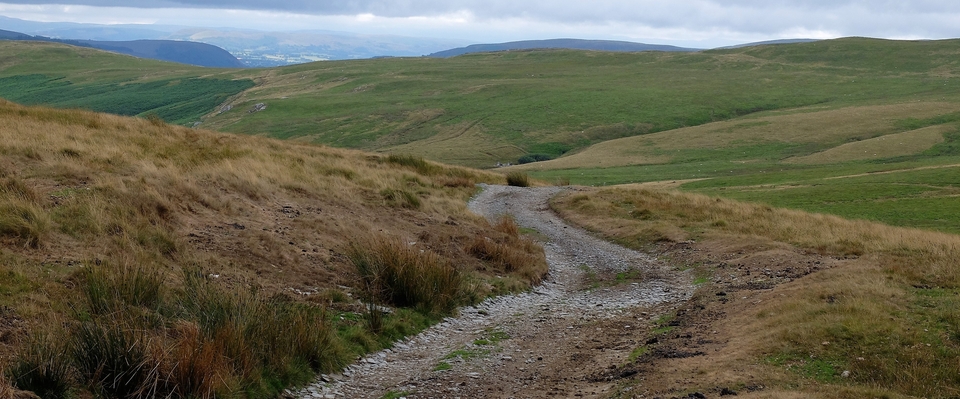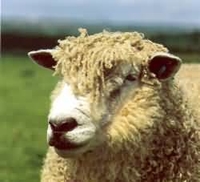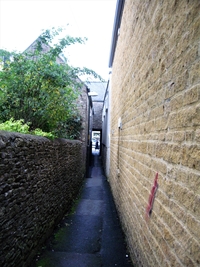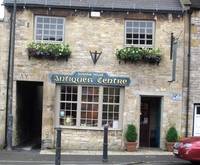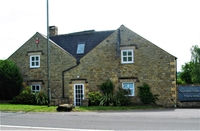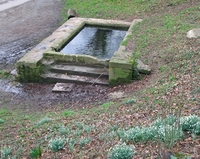Stow-on-the-Wold
Stow-on-the-Wold is the highest of the Cotswold towns that thrived on the all-important wool-trade of the late Middle Ages.
I haven't written about Stow till now because, though its fair & market were vital to local sheep farmers and dealers, it was a dead end as far as long-distance drovers were concerned – unless, of course, they wanted to sell their stock and return to Wales or places West. (But their bedraggled sheep would look a bit sorry beside the magnificent “Cotswold Lions” (#1) for sale. Better to carry on to London.)
The “Lions” bought at Stow, bred solely for their wool, would probably have been taken to another farm; when they became too old, my guess is that their final journey would have been by road to Gloucester and even on by barge to Bristol, to become mutton. They wouldn't have survived the long hard road to the capital.
The Fair was held inside the triangle made by Sheep St, the High St and Fosse Way (A429), with St Edwards Church in the centre. The twice-yearly five-day event, inaugurated in 1476, began on May 1st & Oct 13th. The penned beasts used to fill the Market Square and 20,000 were sold each day. (It's still going as a gypsy horse fair in a field outside the town, but only once a year. It's a wild, exciting occasion that my family used to look forward to but Stow-dwellers probably dread.)
The sheep were funnelled into the market area via the ‘tures' (#2), only just over two feet wide to force the sheep into single file to be counted. These tures began in Back Walls and one emerges into the sales area by the old Talbot Inn (#3). Buyers were attracted from a wide area, some even from the continent. England grew rich off the backs of her sheep.
The Bell is, I believe, the oldest inn in town, but the most interesting is The Foot (#4). It's at the foot of the Fosse Way hill on the road to Bourton on the Water, which explains the moniker. Originally it was The Farmers' Arms and no women were allowed in. (I should imagine few women were that keen...) A smashing milestone stands opposite.
My thanks to David Ella for having gone through this article and corrected any mistakes. He also pointed out the existence of St Edward's Well, on the edge of town at SP 194262, which would have provided water for livestock. (#5)
